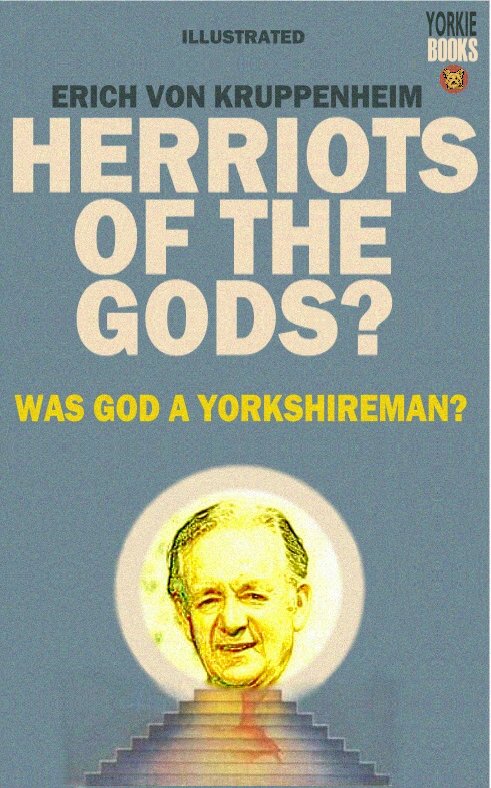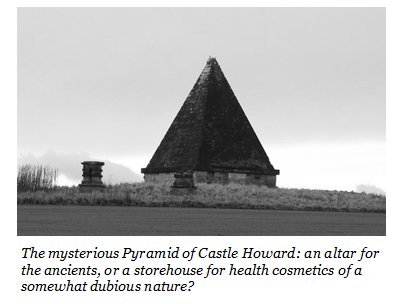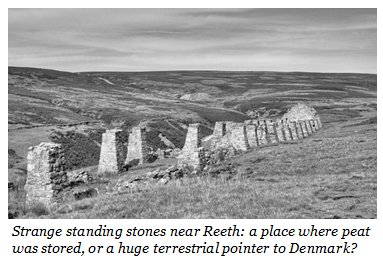by Dr Eric K Shipley
Thanks to the sterling work of the small, independent publishing house Yorkie Books, few Yorkshire readers can be unfamiliar with the works of the best-selling author Erich von Kruppenheim.



1. Erich von Kruppenheim’s father was a German pilot who had been taken prisoner when his Messerschmitt was shot down over Stokesley during WWII. It was whilst working in the fields of North Yorkshire that he met his wife, Nora von Darlington.
Look out for Part 2 of Yorkshire - God's Own Country soon.




